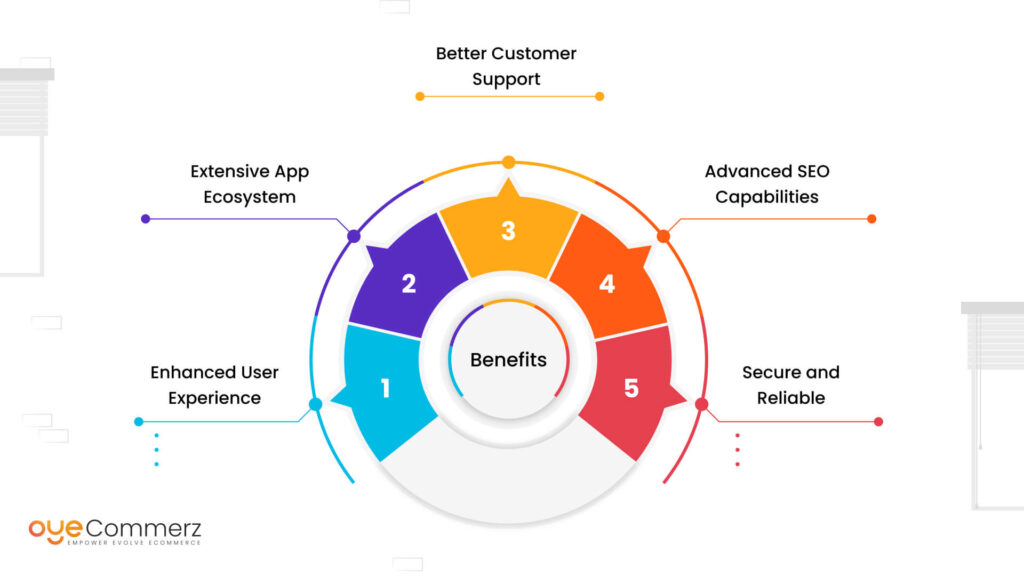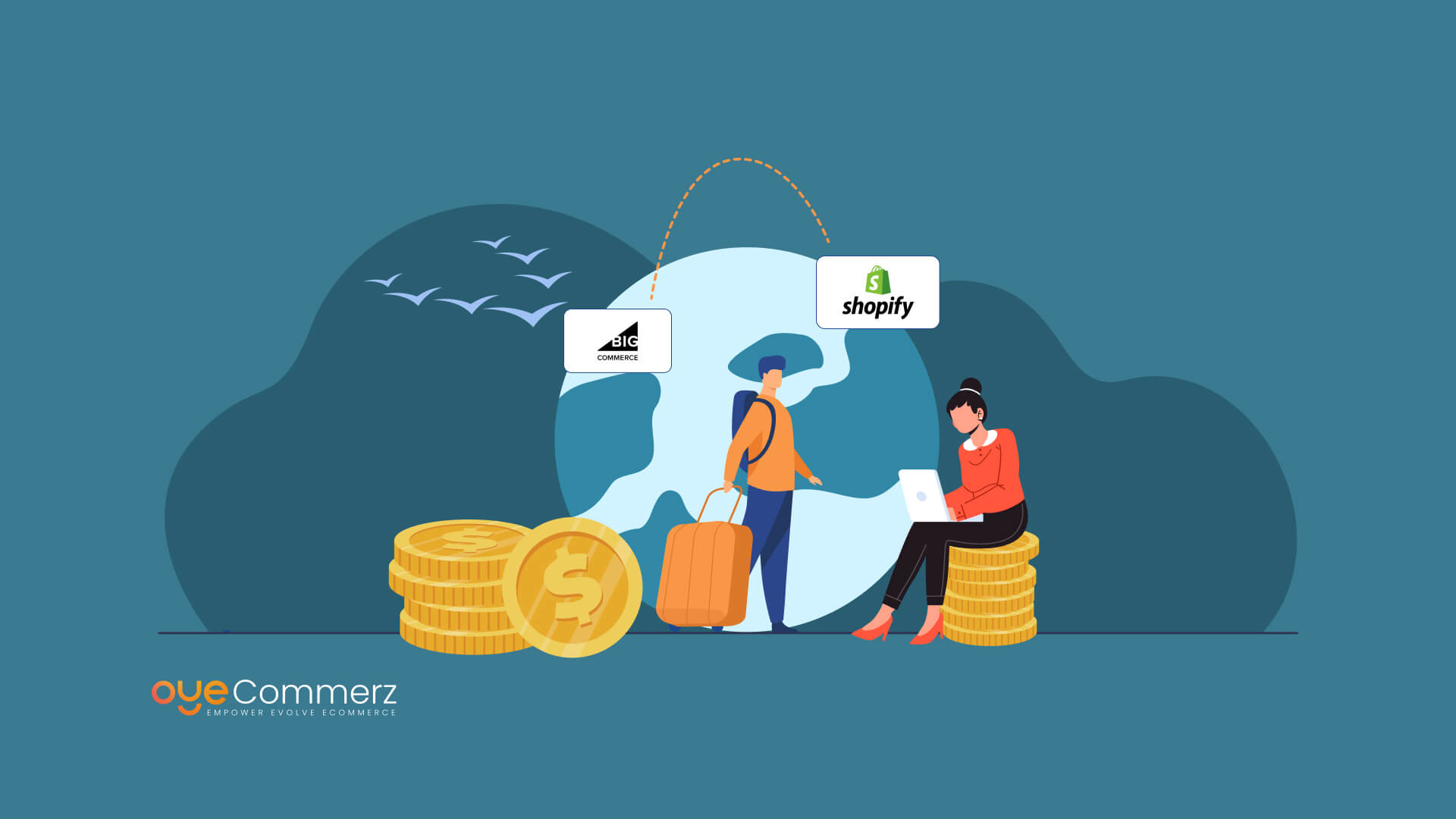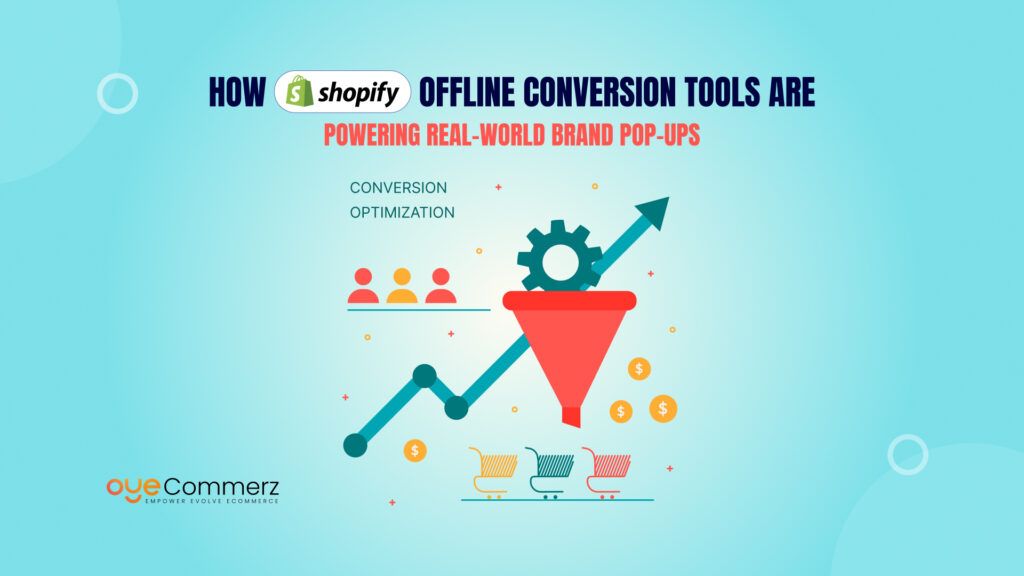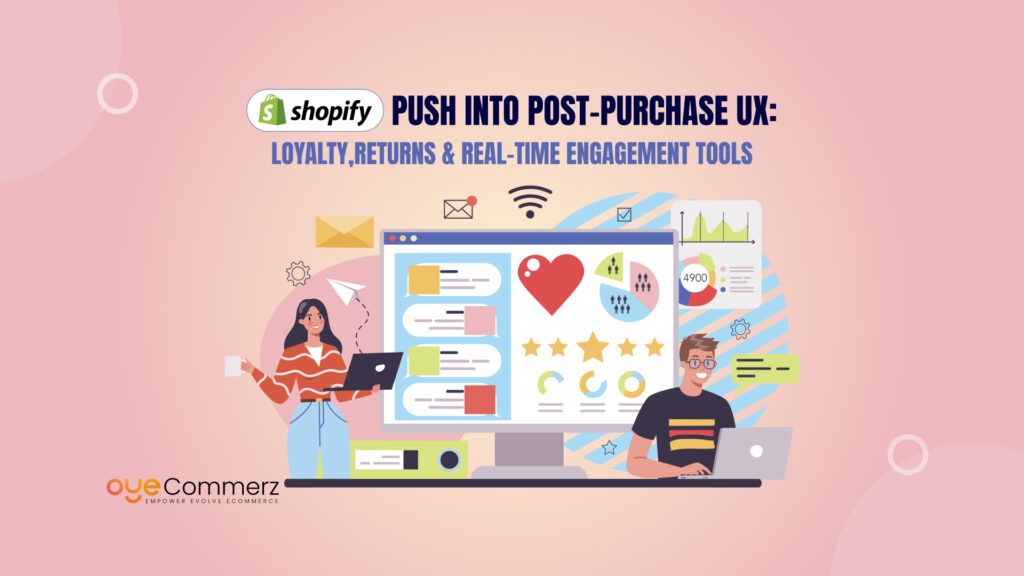Ever wondered what it really costs to migrate your BigCommerce store to Shopify? For many business owners, the process feels like a big expense, but the potential boost to your sales and efficiency often outweighs the investment. In fact, businesses migrating to Shopify have reported up to a 30% increase in revenue within the first year. This blog breaks down the costs, steps, and factors you need to know so you can make a confident, informed decision about upgrading your eCommerce platform. Let’s simplify the numbers and help you plan your migration without the guesswork.
Table of Contents
ToggleShopify Revenue Stats
Shopify provides a regional breakdown of revenue, calculated by reference to seller location.
Shopify generated $5.04 billion from sellers located in North America in 2023, totaling 71.35% of overall revenue. All markets outside of North America generated a combined $2.02 billion in 2023.
Here’s Shopify’s regional revenue breakdown in 2023:
| Region | Shopify Revenue |
|---|---|
| North America | $5.04 billion |
| Europe, Middle East, and Africa | $1.26 billion |
| Asia Pacific, Australia, and China | $699 million |
| Latin America | $69 million |
You can also check out: Common Challenges While Switching from BigCommerce to Shopify
BigCommerce Vs Shopify: A Brief Comparison
It is usually helpful to start with the differences between BigCommerce and Shopify before going into the analysis of the migration costs.
User-Friendliness
- BigCommerce: Compared to many of its competitors BigCommerce provides a full-featured functionality package, although it can be rather confusing to a newcomer. One has to learn how to use it and get used to its many features.
- Shopify: Shopify has garnered itself a reputation for having a very easy-to-use interface. It is suitable even for those with no technical skills in a computer, or internet hence making it easier to create an online shop.
Customization and Flexibility
- BigCommerce: There is a rather notable customization level in BigCommerce compared to other platforms, however, it feels relatively limited to the one offered by Shopify. What is more, high customization is frequently associated with high technical content.
- Shopify: Shopify has an upper hand in customization especially due to its multitude of themes and available apps. This means that it is easier to design the store looking and functioning in the way that you want it to.
Payment Processors and Transaction Costs
- BigCommerce: BigCommerce integrates with several payment gateways, and there are no transaction fees with this platform which is always a plus for many merchants.
- Shopify: Shopify also offers several integrated payment options, though Shopify will take a transaction fee from the sale if you do not use the Shopify Payment option. However, the factor of ease of use and integration usually overcomes the cost implication for many merchants.
Scalability
- BigCommerce: Concerning scaling, BigCommerce has this feature to a certain level but as your grows it turns into a complex process.
- Shopify: The beauty of using Shopify is that one does not have to worry about it being unable to grow along with your business. However, it has more profound functionalities and premium solutions for large-scale business companies.
Benefits of Switching from BigCommerce to Shopify

Transitioning from BigCommerce to Shopify can offer several advantages:
Enhanced User Experience
Originally, Shopify provided a better user experience to the merchants out there in the market as it has developed an easy-to-use user interface hence merchants are now able to manage their stores more effectively and with much more joy. This ease of use can directly lead to improvements in a firm’s customer relations and business processes.
Extensive App Ecosystem
Shopify has a very rich app store that will enable merchants to add many more features to their shops. From advertising and promotional techniques to storage, tracking, and handling of the products as well as extending support to the customers, businesses have solutions available in the form of applications.
Better Customer Support
Shopify is famous for its outstanding and accessible customer service that is available all the time. This can be a huge advantage for merchants who require support right away to sort out problems and reduce the time they are out of business.
Advanced SEO Capabilities
The SEO options of Shopify are well-developed since they assist merchants in optimizing the store’s presence on the web. Greater usability of a website or its higher rank on search engines leads to better conversion rates.
Secure and Reliable
Shopify is also characterized by topmost security and reliability, which translates to having a functional and secure store. This ranges from the use of SSL certificates to PCI compliance as well as other updates that would prevent the site from getting a vulnerability that could compromise the information of the users.
The Cost of Transitioning Your BigCommerce Store to Shopify

It is usually costly to transfer your store from BigCommerce to the Shopify platform depending on the number of products, users, and order records, as well as the alterations needed. Here’s a breakdown of potential costs:
Shopify Subscription Plans
The first cost to be taken into account is the Shopify monthly plan. Shopify offers several pricing tiers:
- Basic Shopify: $39 per month – For new business entities.
- Shopify: The plan is priced at $105 each month – Perfect for business that experiences a gradual increase in traffic.
- Advanced Shopify: >$399 per month – For the companies that need more features and are planning their growth.
- Shopify Plus: Business Critical – Created for large companies that may have unique needs.
Based on your business requirements and business size you will have to either select a plan and sign up for it.
Data Migration
When transferring data from BigCommerce to Shopify, one may experience difficulties. This involves products, customers, orders, reviews, and any other relevant information that is deemed useful in carrying out the business. The cost of data migration can vary:
- DIY Migration: If you have the technical knowledge, you can import and export the products using Shopify’s integrated importer or exporter or other Shopify apps. This ranges between $0 to $100.
- Third-Party Services: A professional service for completing this migration will take a fee of between $300 and $2,000 based on the degree of difficulty and amount of data.
Design and Customization
Customizing your Shopify store to match your brand’s identity can also incur costs:
- Themes: Shopify has a plethora of free themes but the paid themes cost between $100 and $350.
- Custom Design: If you want to employ a designer to design the store from the ground up, it may take approximately $500 to $5, 000 or more depending on the complexity of the design.
App Integration
Another cost that has to be taken into consideration is the integration of necessary apps for the additional functionality of your store. Although some of these apps are available for free, the paid apps hover between $5 and $100 per month per application. Essential apps might include:
- SEO Tools
- Email Marketing
- Inventory Management
- Customer Support
Development and Technical Support
If your store needs custom development, or technical support, hiring a Shopify professional or developer will prove helpful. Costs for these services can range:
- Freelancers: The cost of a session ranges from $30 to $150 for one hour.
- Agencies: $1,000 to $10,000+ depending on the project.
Training and Learning Curve
Learning or getting to know the platform of Shopify is important and this may mean spending time and probably some amount of money in training. Shopify provides extensive documentation and support, but you may still need:
- Training Courses: Free to $200.
- Consulting: $50 to 200 per hour.
Important Tips to Remember
Plan Thoroughly
It is advisable to strive for the best plan during the pre-migration phase to avoid a scenario where the organization has to scramble for the best plan. Enumerate all the data and features that are to be transferred, determine possible issues, and define an approximate time frame.
Backup Your Data
Before proceeding to transfer your BigCommerce store data it is very important to back it up as a full data backup is crucial in this process. This will ensure no loss of data during the transferral process to enhance efficiency during use.
Test the Migration
Before going fully live with your new Shopify store, you should test it. This involves confirming that the data is accurate, and functional and that the users of the information will have a ‘good’ experience. Dry run all the connections and guarantee all the business links are running fine.
Utilize Shopify Support
Knock yourself out with the resources offered in Shopify such as; the help center, community forum, and customer support that is available 24/7. If you face problems during the migration, do not hesitate to get the help of anyone.
Inform Your Customers
Inform your customers of the migration. Brief them on any anticipated disruption and assure them this is for the better; the new experience at the store. Good and effective communication largely assists in ensuring that various customers do not lose confidence in the business.
Optimize for SEO
Make sure that the new Shopify store you have is Search Engine Optimized or SEO friendly. Migrate links from the old BigCommerce store to the new Shopify ones to have the same SEO rank and non-broken links.
Rise Your Business to Greater Heights with OyeCommerz
Make the switch to Shopify and benefit from advanced SEO tools, faster page loading speeds, numerous app integrations, and superior multi-channel sales features. Take advantage of Shopify’s user-friendly interface, extensive customization possibilities, and comprehensive analytics to enhance your store’s performance.
Trust OyeCommerz for expert BigCommerce to Shopify migrations. Our precision, efficiency, and extensive platform knowledge ensure a smooth transition, setting your store up for immediate and sustained success. Get in touch with us today!
Contact to Migrate your Site to Shopify Now
Conclusion
Transferring from BigCommerce to Shopify is an effective decision that can positively impact your e-commerce ventures, the level of client satisfaction, and overall business developments. Although it is accompanied by some costs, much attention can be paid to various aspects to ensure that the shift is rather smooth and advantageous. This should be done taking into account the fact that Shopify has the best user interface and also a large app collection that makes it easier to support.
Having known the key costs for migration from BigCommerce to Shopify and following some fundamental recommendations, you are likely to achieve effective migration of your store and create the perfect base to grow your business indefinitely. If done internally or outsourced, the costs involved in migrating to Shopify can be a profitable investment due to better functionality, scalability, and customer’ satisfaction.




